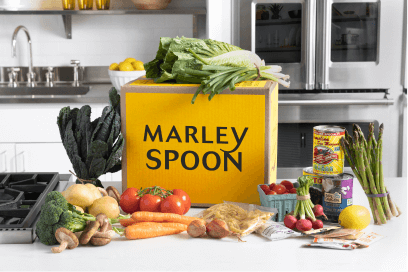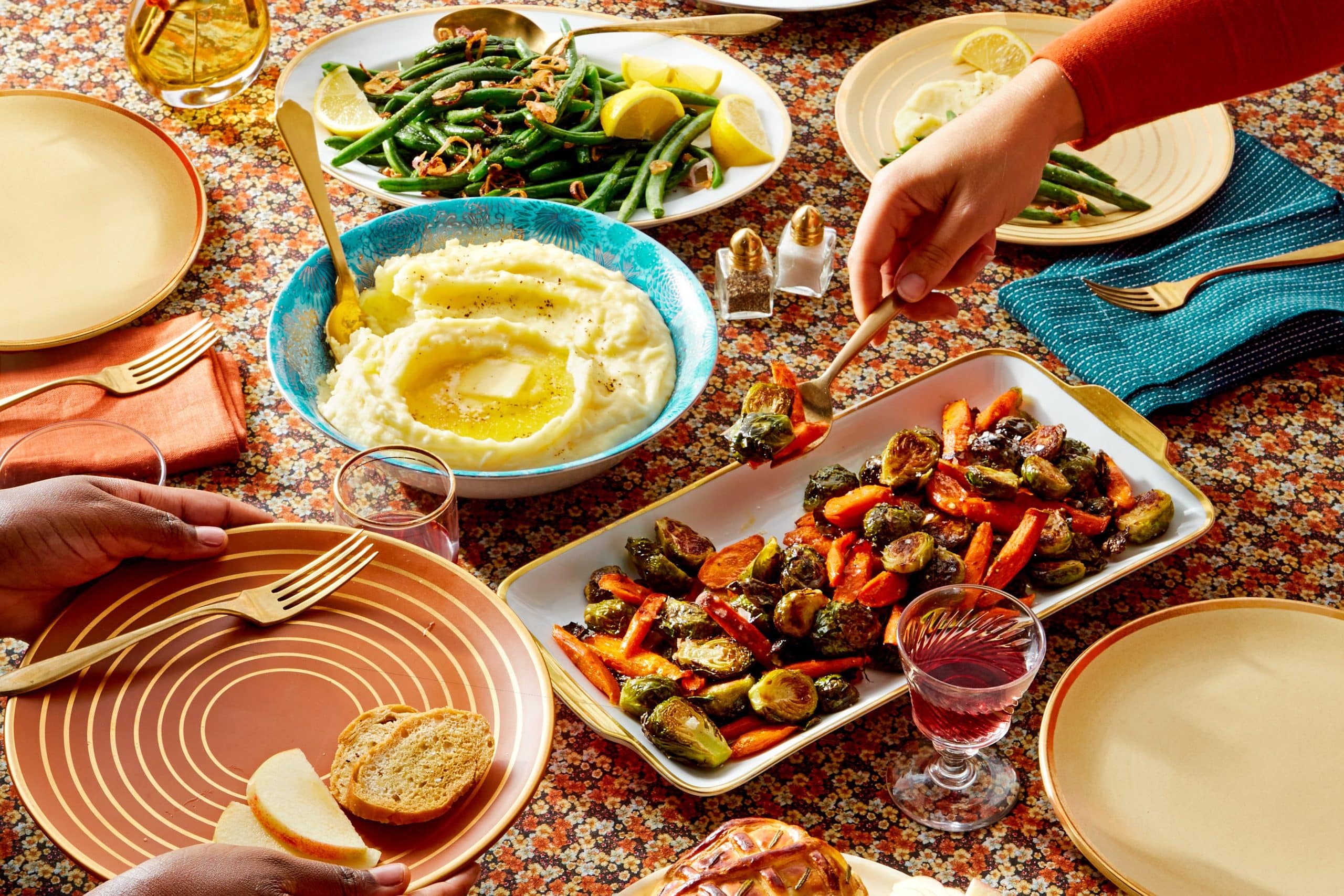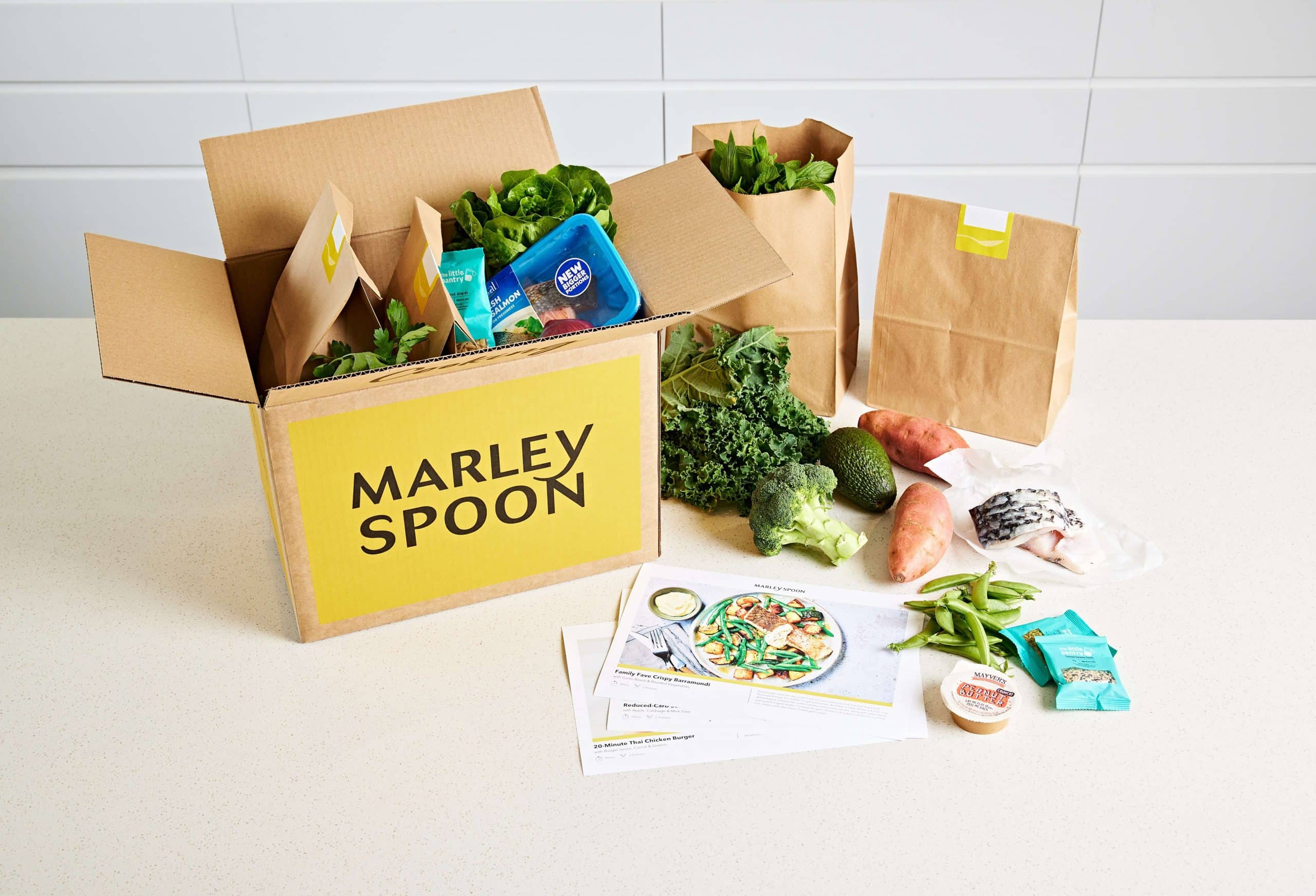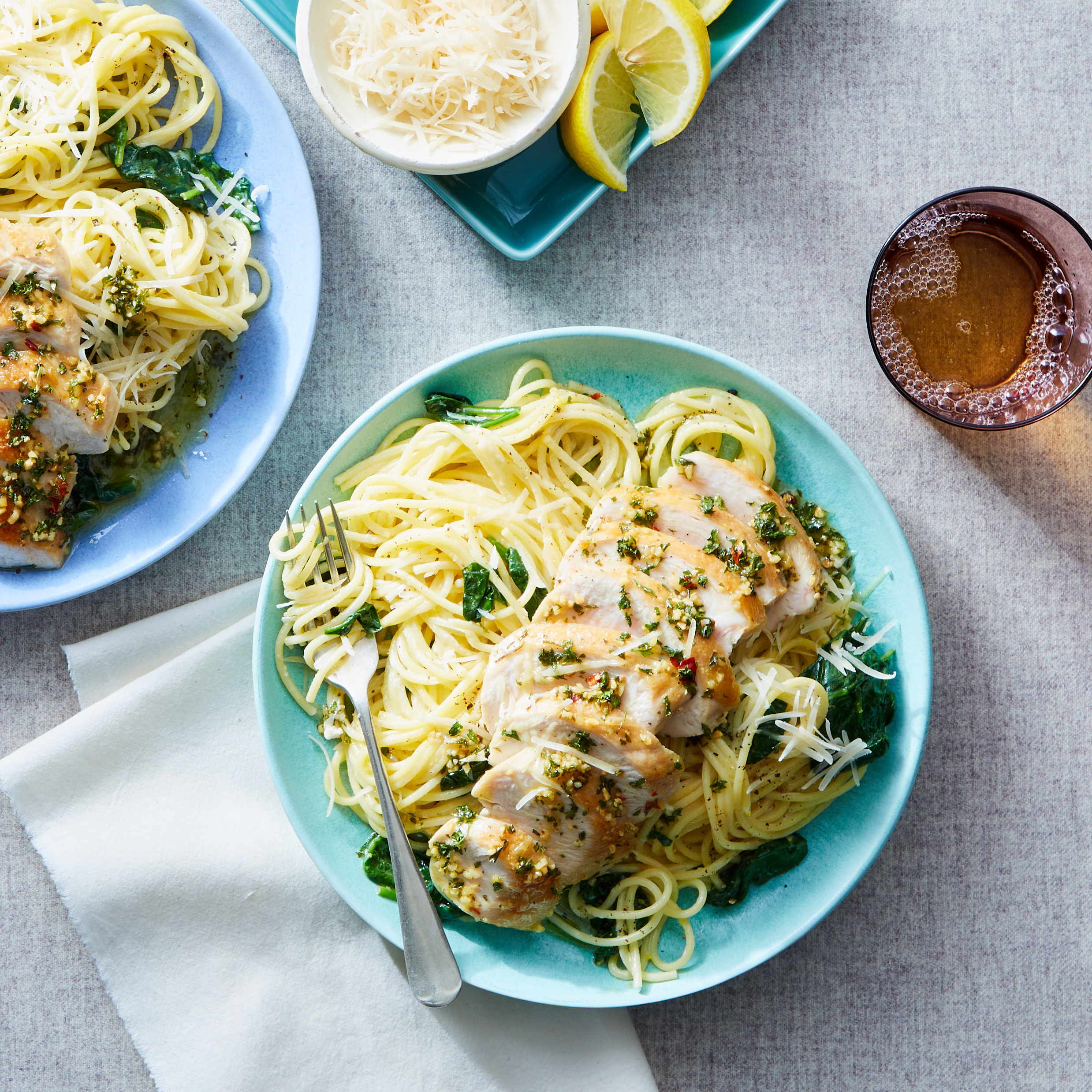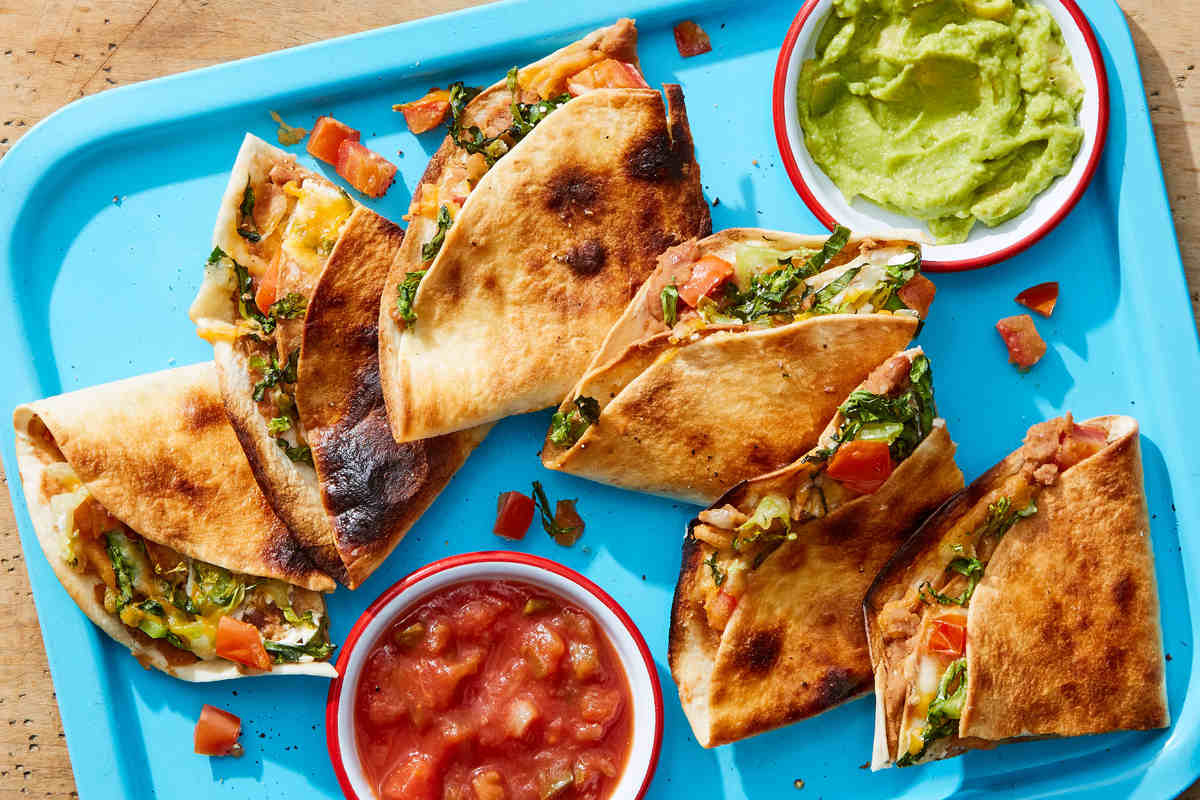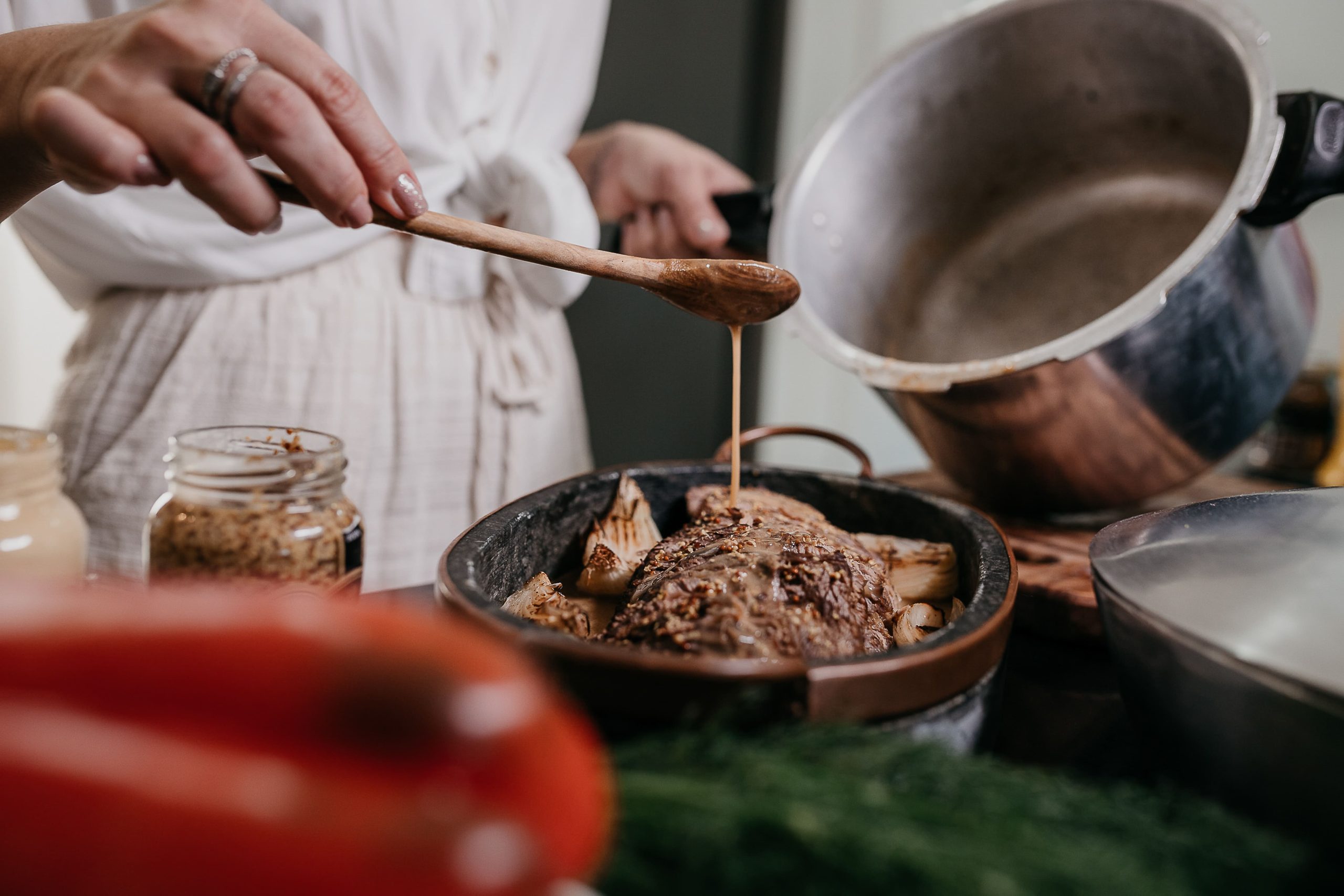Ready for your next culinary adventure? We’re talking baking techniques, and there’s no better time to learn them than on National Pastry Day and throughout the holiday baking season.
Each of the four Martha Stewart recipes shown below highlight a fundamental baking skill that you can apply to a multitude of desserts. Ready, set, bake!
Pear Caramel Coffee Cake with Walnut Streusel

Caramel is a versatile sauce. While caramel is tasty on its own, it is also a perfect base to mix in other flavors like chocolate, vanilla extract, bourbon, or cardamon. Here are five tips to help you get started with your caramel sauce.
- Set yourself up for success by avoiding distraction. There is a thin line between deliciousness and disaster when it comes to caramel. It’s best to prepare this component when you’re not dividing your attention between multiple dishes.
- Use a thick, heavy pot to ensure your ingredients cook at an even temperature.
- Resist the temptation to crank up the heat, and cook your caramel at medium heat (320°-350°). You do not want to rush this process, or the water in your sauce will evaporate too quickly before the sugar crystals have the chance to break down.
- The darker the color, the richer the flavor of the caramel. Caramel that is too light will not have that creamy, nutty flavor we all know and love. Your finished caramel should be a rich chestnut color.
- Don’t be afraid to start again. Unfortunately, there is no saving burnt caramel.
Ready for the recipe? Here you go. Enjoy our pear caramel coffee cake with walnut streusel.
Italian Cream Cake with Coconut & Buttercream

Buttercream icing is one of those recipes that is deceptively simple. But once you’ve mastered this finicky icing, your cakes will look and taste divine. However, like caramel, buttercream is a perfect vessel for other flavors, including that caramel sauce you just made.
A perfect buttercream requires four things:
- The final product will only be as good as your ingredients. Make sure you are using superfine powdered sugar, and don’t forget to sift it first.
- Your butter should be at room temperature when you begin mixing it to get the right consistency. Let your butter sit out for 1-2 hours before you start baking, or slowly warm it up in the microwave in 15-second intervals. To test whether your butter is ready or not, lightly press on it with one finger. Your finger should leave a shallow indent.
- Watch the liquid. Too much, and your buttercream will be runny, so add it slowly, one tablespoon at a time. If your buttercream does get a little thin, thicken it up with some powdered sugar.
- Check the weather. Buttercream is very sensitive to humidity. If you find that your buttercream is just not coming together, try as you might, then check the weather report. A tablespoon or two of cornstarch will help you beat the heat and humidity.
Get ready to decorate this Italian cream cake like a pro with the perfect coconut buttercream.
Apple Galette with Homemade Pie Crust

If you can make delicious pie dough, you can make so many desserts. Apple pie, key lime pie, homemade pop-tarts, rhubarb pie, the list goes on and on. But, pie crusts can be tricky and require a deft hand when mixing the dough, so remember these three things the next time you’re craving a piping hot apple pie.
- Start with cold ingredients. Use butter straight from the refrigerator and add cold water to your dough. Some bakers like to chill their mixing bowls to help keep the butter cold while mixing it into the dough.
- Be careful not to overwork the pie dough. Handling it too much will activate the chemical reactions in your dough that develop the gluten and make your pie crust tough instead of flaky.
- Keep the edges of your pie crust from burning by covering it in aluminum foil while the pie bakes.
This rustic apple galette is waiting for you to apply what you’ve just learned.
Lemon Tart with Graham Cracker Crust

Silky, luscious, and bright, a good lemon curd makes for a unique filling for your pies, cakes, and tarts. But what do you do if something goes wrong, and instead of a firm and smooth curd, what’s left is a goopy mess? Ask yourself these three questions, so you’ll know what to do differently next time.
- Did you stir enough? It is best to whisk lemon curd constantly should feel like you’ve had quite the workout by the end.
- Was the heat correct? The lemon curd will not thicken if it is underheated. The undercooked curd will be liquidy, but it can be reheated and stirred some more to correct the texture.
- Have you let it cool long enough? Lemon curd dish that needs time to cool. Patience is key.
Bake your own lemon tart with a crispy graham cracker crust.
We hope you’ve enjoyed these lessons and are now cooking with confidence, just like Martha Stewart.
